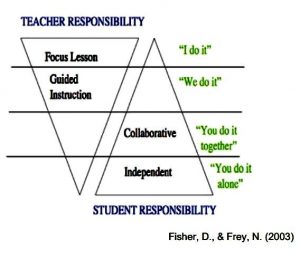Are You Still Doing All the Work?
 In the 2006 movie comedy, Failure to Launch, the parents in the film are faced with an adult son who is living at home well past the time he should be. He hasn’t gone through the normal progressions that lead to healthy independence and the ability to manage life on his own. While the son has no complaints, it’s a nightmare for the parents.
In the 2006 movie comedy, Failure to Launch, the parents in the film are faced with an adult son who is living at home well past the time he should be. He hasn’t gone through the normal progressions that lead to healthy independence and the ability to manage life on his own. While the son has no complaints, it’s a nightmare for the parents.
I realize that there are reasons why young adults leave home later now than they did 20 years ago. The economy is different. The cost of higher education is through the roof. Many college degrees do not link directly to jobs like they used to. Debt, whether consumer or school related, is carried by most young people. Living at home longer to reach some degree of financial stability makes sense, just so long as the young adult doesn’t become stuck in a dependency mode. The Gradual Release Model presents a plan where the student is initially dependent, and if things work the way they should, progresses to becoming independent.

The illustration on the left presents the process where the lesson moves from the top of the model and flows downward. The teacher’s side of the model is represented by an upside-down triangle. The words “focus lesson” are written in the base of the triangle. The student’s side of the model shows a triangle, right side up, in which the tip is blank. The words, “I do it,” are written off to the right side. They refer to the action the teacher is taking.
This imagery suggests that the responsibility for the start and eventual success of the lesson rests with the parent. The parent lays the foundation (base) of the lesson. This is typically done by direct teaching. At this beginning phase of the lesson, the parent explains and often demonstrates.
Suppose you were teaching your student how to solve a math problem that required long division. You would likely present the steps necessary to solving it and the importance of following them in order. Then you would demonstrate, using the steps, how to solve a simple long division problem.
In this initial phase of the lesson, you’re doing all the work. The better the foundation, the more likely will be the success of the lesson. Do all you can to lay a strong foundation for each lesson you teach.
That’s the tip of the week!
Curt Bumcrot
Read the rest of the series:
- How to Take Your Child From Dependence to Indepedence
- Are You Doing the Work Together?
- Are You Meddling?
- You’re Done… Or Are You?
Does your student struggle with completing homework, staying focused, or performing well during quizzes and tests? Failure in schoolwork is a common symptom of deeper but correctable processing problems. HELP (Help Eliminate Learning Problems) offers testing, evaluation, and treatment for adults and children with learning problems. Click here for more information.




3 Comments